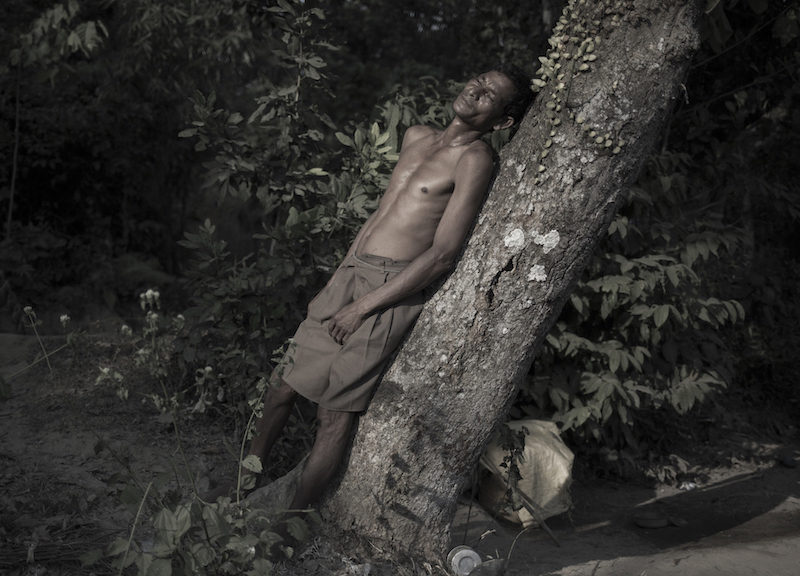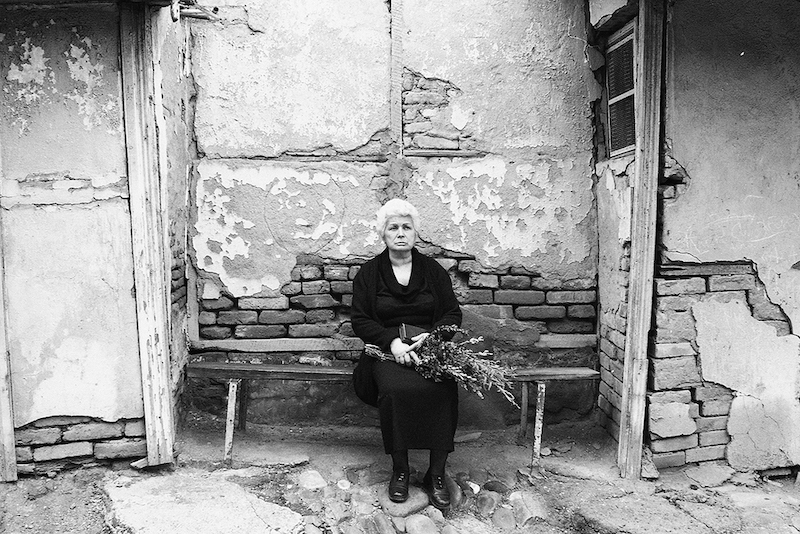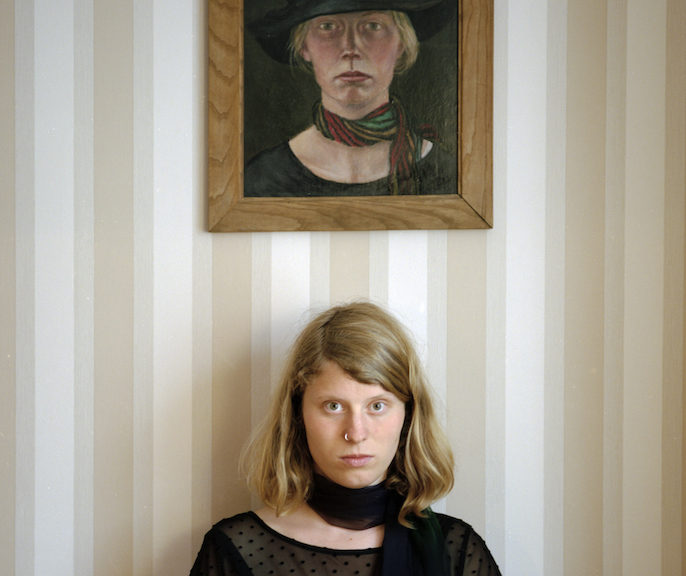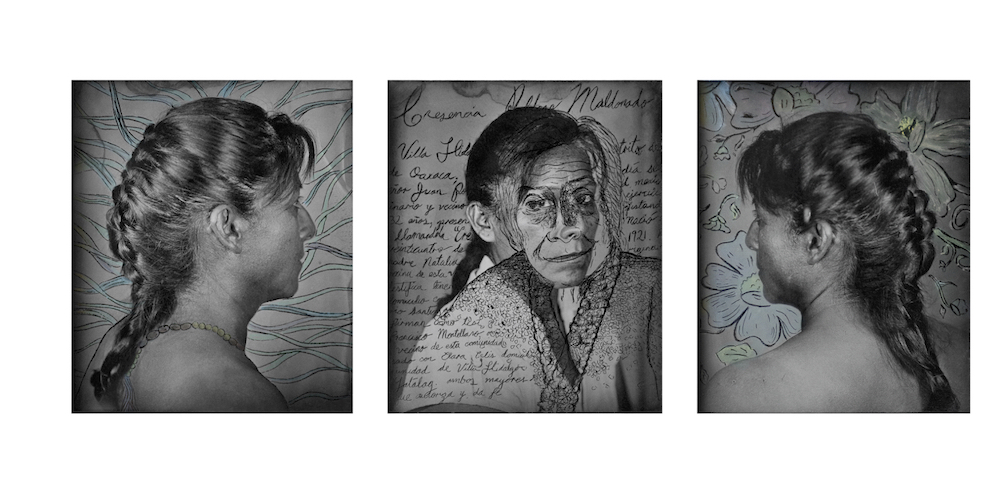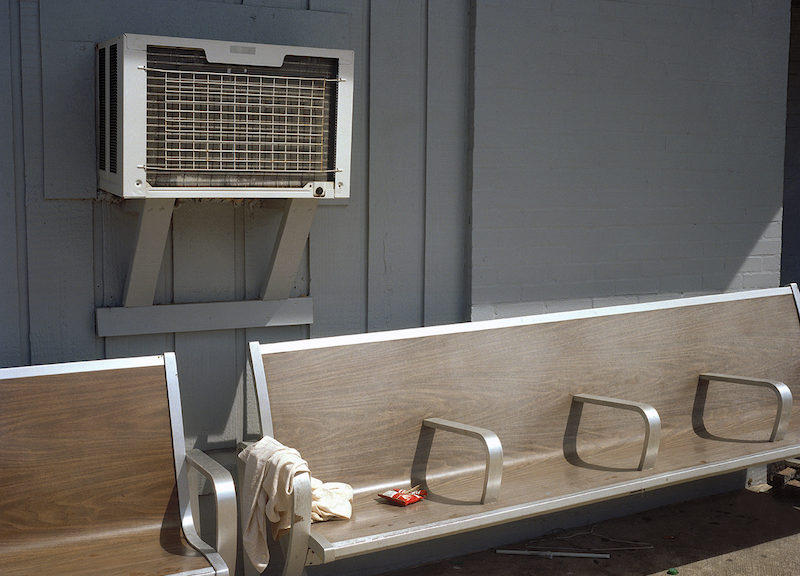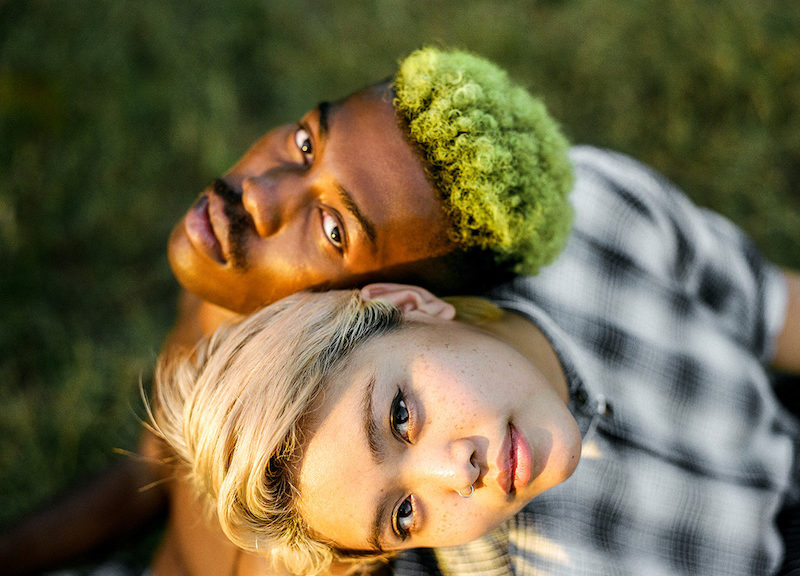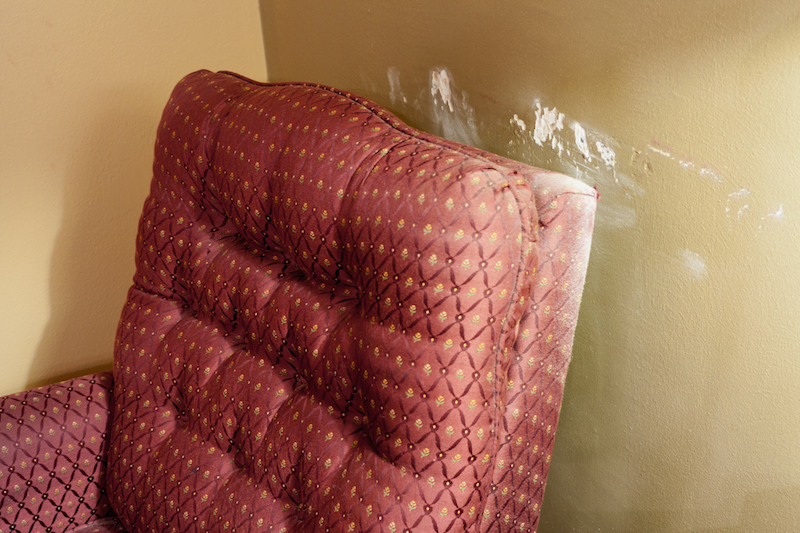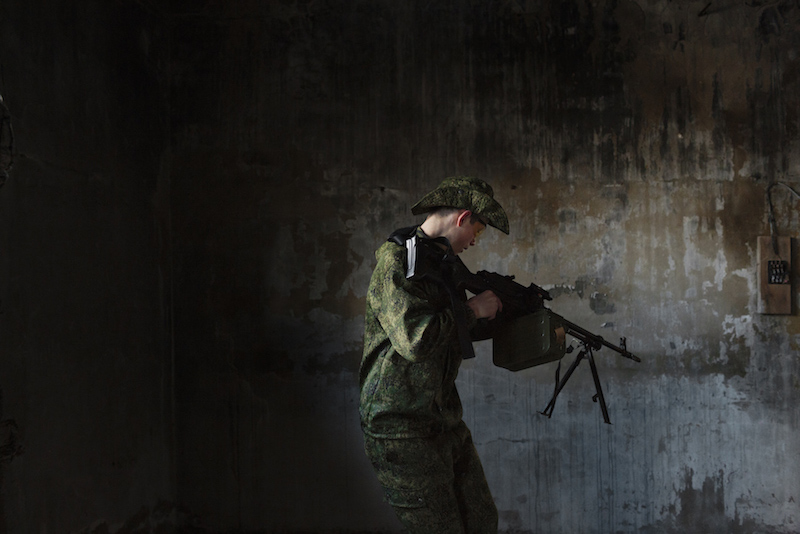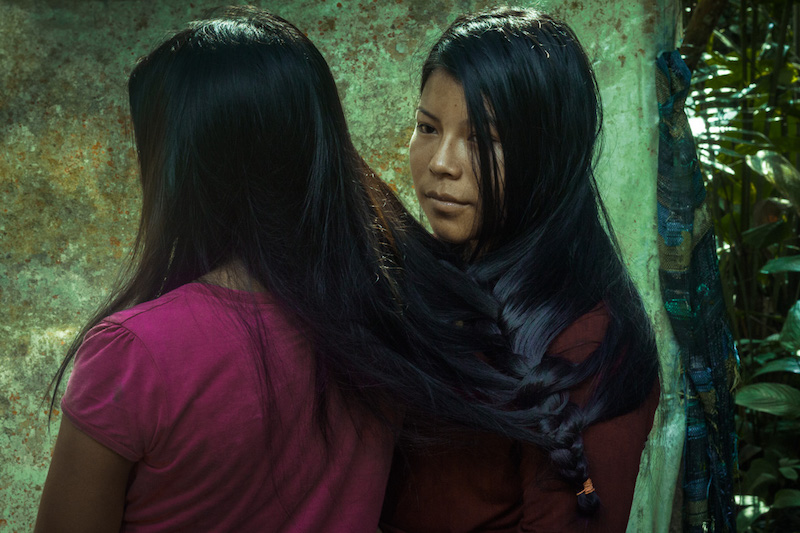Sarah Blesener (USA): Toy Soldiers
Rising Youth Nationalism in Russia and the U.S.
[juicebox gallery_id=”25″]
Essay will play automatically, hover over image for additional options
On a Thursday afternoon, six teenage boys gathered in an abandoned warehouse in the town of Diveevo, Russia, and the drills began. The group, called “The Survivalists,” meets weekly to practice tactical skills and defense strategies. Artyom, who at 17 is one of the oldest of the group, was helping another student, Daniel, 11, to hide in the corner room and prepare for a surprise attack with his plastic weapon. Their instructor calmly tells me that the group is not looking for war, but is preparing young patriots to be ready for the future.
Over 200,000 Russian youth are currently enrolled in patriotic clubs, with 10,000 in Moscow alone. Each club functions independently with their own structures and philosophies. In 2015, the Russian government proposed a program called the “Patriotic Education of Russian Citizens in 2016-2020” which envisions an eight-percent increase in patriotic youth over the next ten years, and a ten-percent increase in new recruits for the Russian armed forces.
There is nothing inherently wrong with patriotism. However, these two terms, patriotism and nationalism, easily blur. There is a thin line between devotion to a place or way of life and to a feeling of superiority or aggression towards “outsiders.” Because youth are always easy targets for new ideologies, for the last year I have been focusing my work on clubs, camps, and alternative groups for youth that combine patriotic education and gun training with a mix of fun that makes the whole experience seem like a game.
The first chapter of this project began in April of 2016 in various regions throughout Russia. Building on this past year of work, it is my intention to extend the project to the United States, where the issue has been underreported. The evident rise of nationalistic sentiment, along with the current political climate, has made this work become a necessity for me. By focusing solely on the country of Russia, I feel that the work can easily be misinterpreted as a phenomena happening in an isolated region. The rhetoric and parallels I see in my own country are something that I want to challenge and visually document.
My intent is to raise questions about how beliefs and traditions are passed down to younger generations. I want to challenge ideas of patriotism. I am interested in youth culture and movements and beyond politics, my photographs intend to tap into this vital essence of youth: camaraderie, bonding, and how our identities are constructed at a young age.
Nationalistic tendencies and biases are part of the make-up of most of us, whether we like it or not. However, I agree with George Orwell when he states, “whether it is possible to get rid of them I do not know, but I do believe it is possible to struggle against them.”

